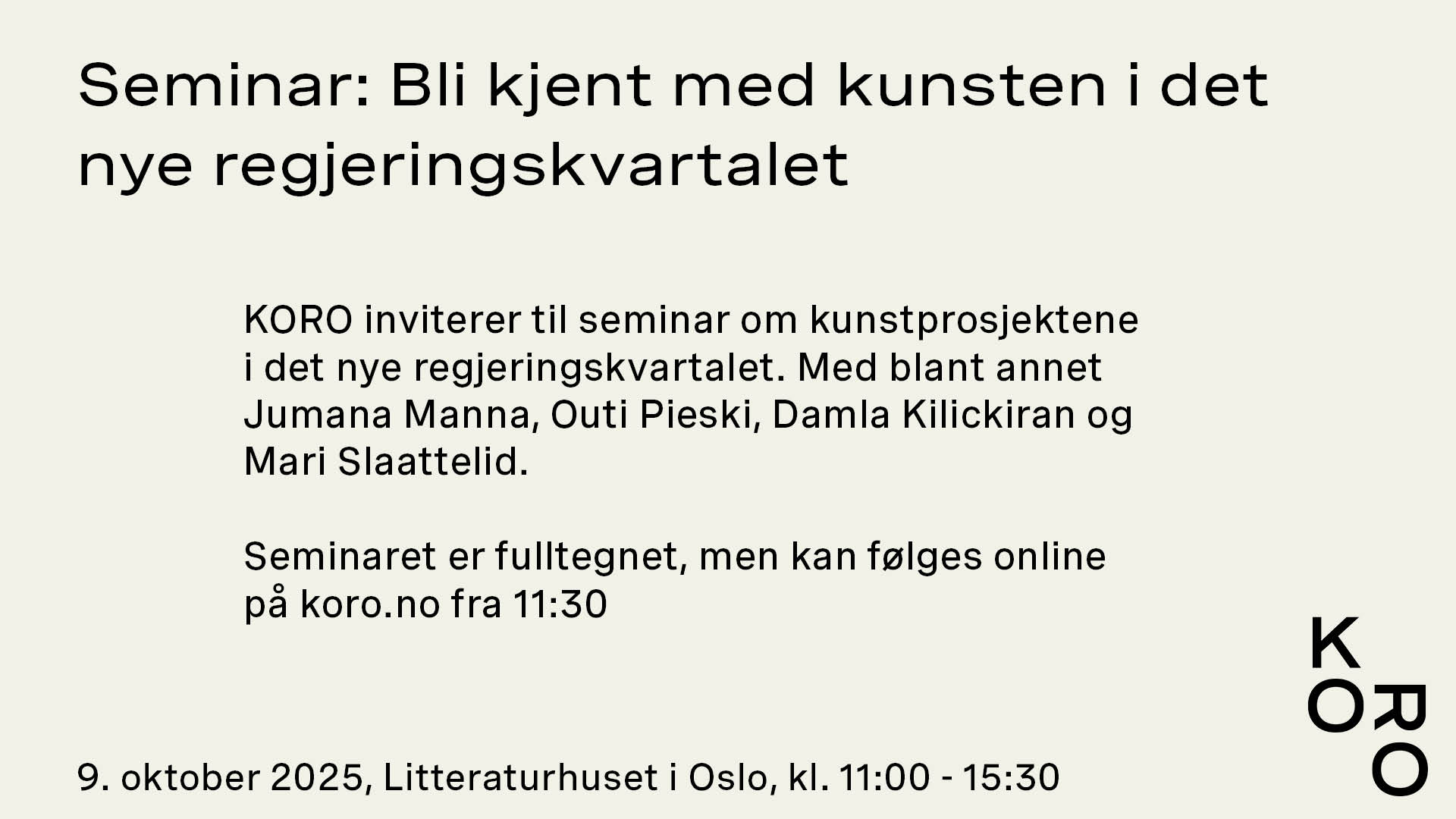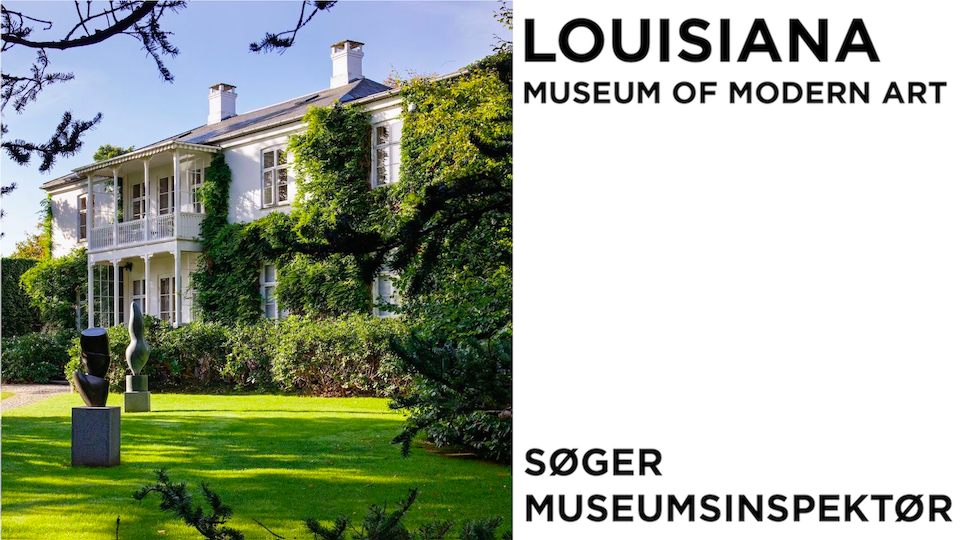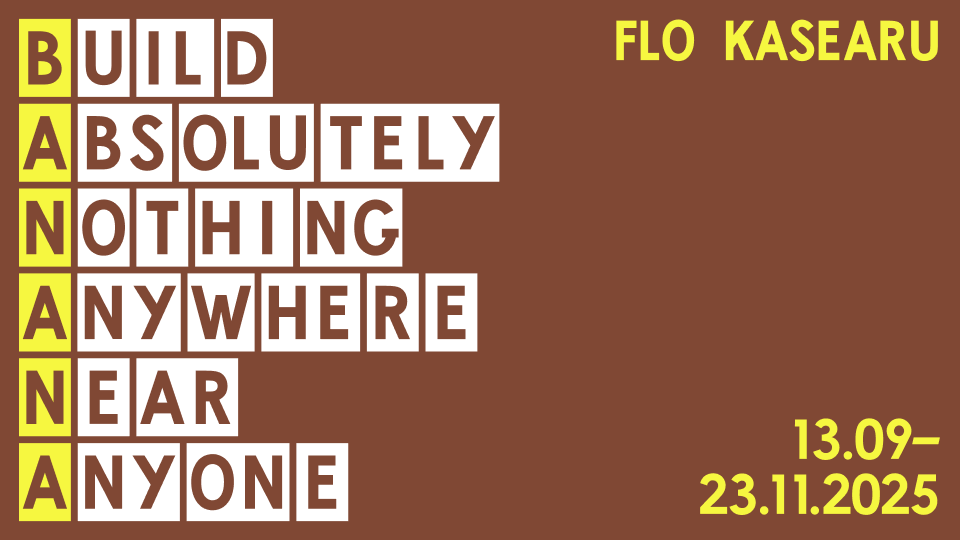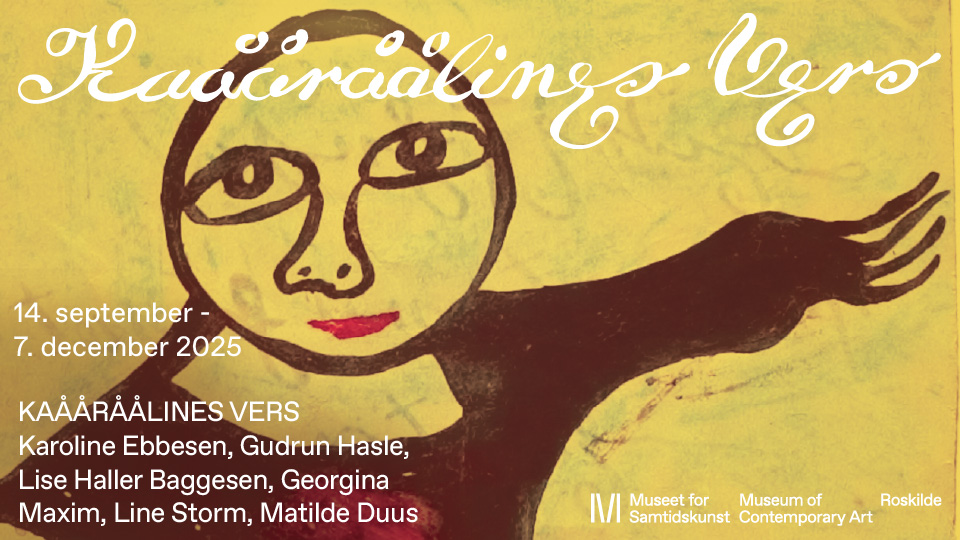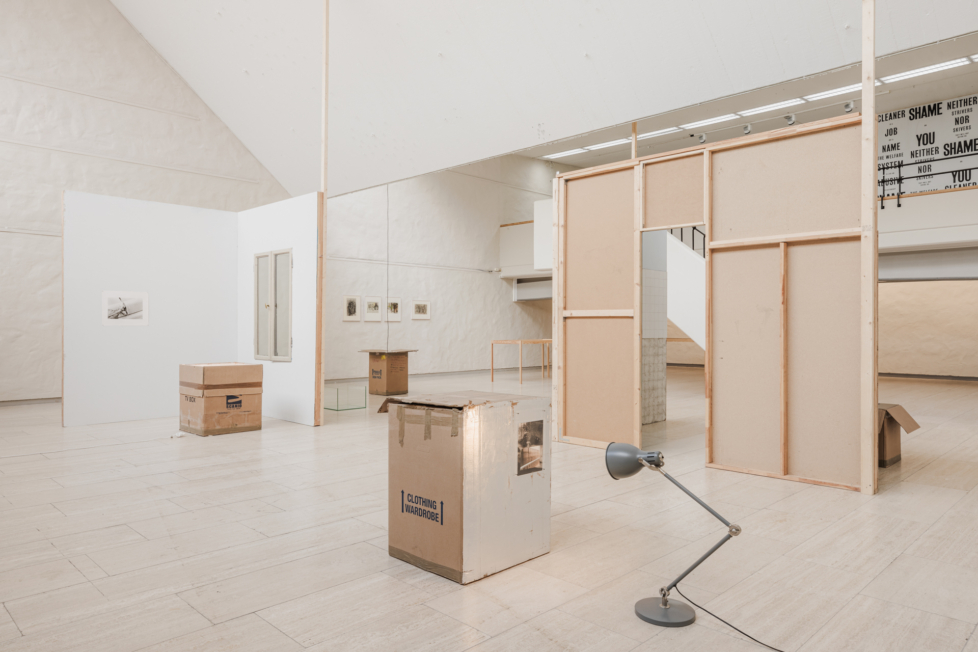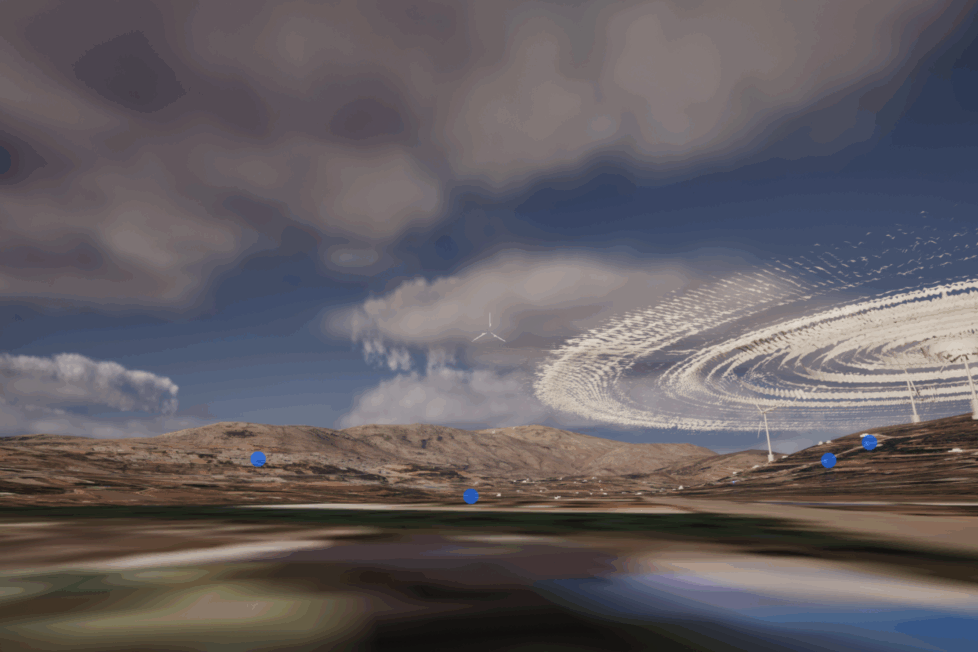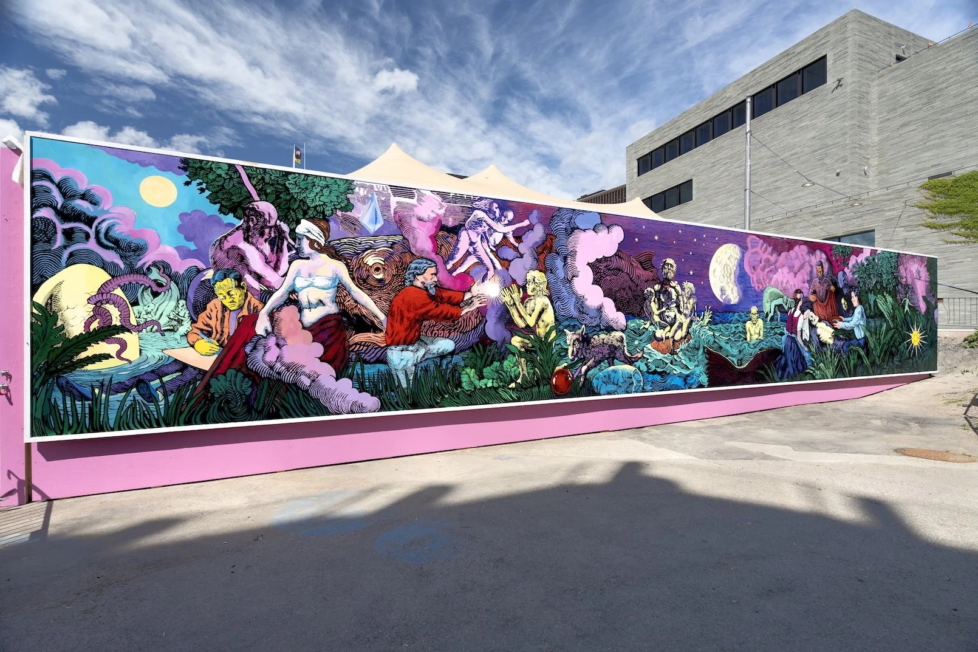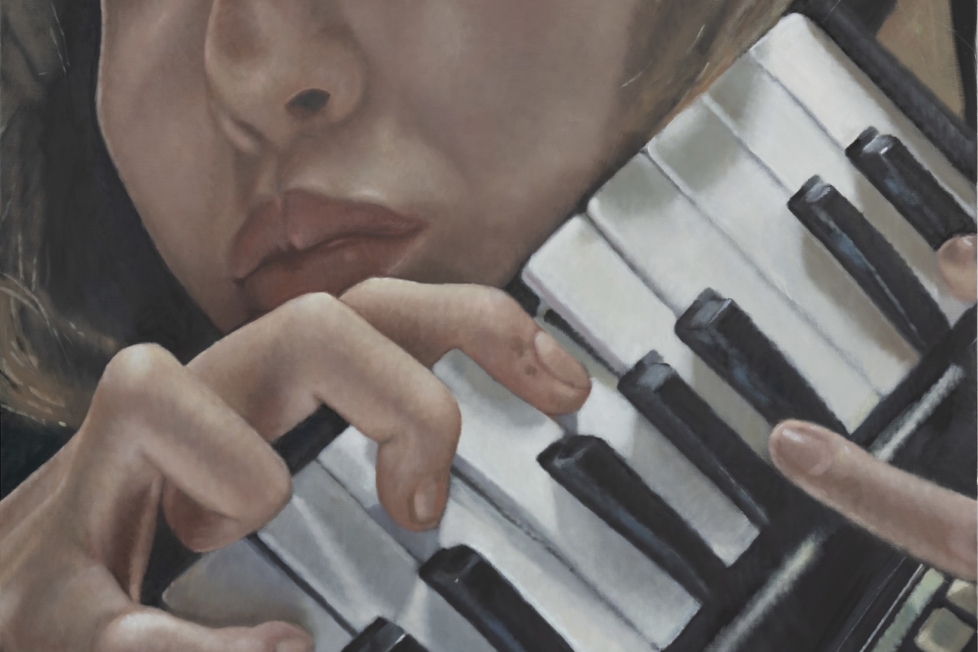
Onsdag 26. oktober åpner Office for Contemporary Art Norway (OCA) sin første regulære utstilling i lokalene i Nedre gate i Oslo på ett år. Utstillingen The Missing One er produsert av OCA som en del av programmet Notations, og ble først vist under den tredje utgaven av Dhaka Art Summit i Bangladesh’ hovedstad i februar, der OCA også bidro med sitt prosjekt «Critical Writing Ensemble». Å hente The Missing One til Oslo er motivert av et ønske om å vise publikum mangfoldige, internasjonale praksiser, ifølge direktør Katya García-Antón.
The Missing One omfatter kunstnere fra Bangladesh, Pakistan, India og Sri Lanka og er kuratert av Nada Raza, som er kurator ved Tate Research Center i London. Hun har tatt utgangspunkt i et maleri av Gaganendranath Tagore som igjen henviser til The Missing One, en science fiction-fortelling fra 1896 av forfatteren J. C. Bose. Bose ble født i det som den gang var Britisk India, nå Bangladesh, og dette skal være den første science-fiction-fortellingen skrevet og utgitt på bengalsk.
Utstillingen bruker sci-fi som tematisk omdreiningspunkt for å vise svært ulike praksiser. Kunstnere kjent for politisert kunst i offentlig rom, nidportretter av bedriftsliv, installasjoner, og politiske satiretegninger inngår i utvalget.

Kunstkritikk fikk Nada Raza i tale før åpningen. Intervjuet ble gjennomført på engelsk.
Kunstkritikk: The Missing One is an exhibition title that prompts several questions. Art histories from Asia are grossly underrepresented compared to the Western canon. So what are we missing?
Nada Raza: The exhibition was first conceived in Bangladesh, presented at the Dhaka Art Summit and is now brought to Norway. One of the conditions of the initial invitation was to work with contemporary artists from within the region. Conceptually the framework could expand and plug into similar dialogues in Tehran or Doha or Oslo, but the local context meant I did not have to worry about geographical representation in the way that an exhibition devised for a specifically international audience might have had to.
I realised that having to always speak for a part of the world that is in fact really quite accessible and well connected was holding me back from exploring more speculative approaches. I think that is what is missing, accepting that a thematic show of art from elsewhere does not in fact have to stand for the place it comes from, that artists and curators can conceive and respond and make complex propositions, and that it’s okay to speak from different perspectives about familiar concerns relating to modernity or secularism or capitalism without worrying too much about place.

The show is an attempt to articulate a sophisticated but accessible way to think about nationalism and organised religion. While the media sensationalise polarization – us vs. them, good vs. evil – in practice belief in the supernatural sits quite comfortably alongside faith in science. Even as climate change or civil war might threaten the future, prayer might be a perfectly plausible response. It’s a thematic exhibition, looking specifically at questions of science and spirituality, rationalism and belief, but through contemporary works via a historic frame.
Which possibilities do the use of science fiction tropes open up in a cross-generational exhibition like The Missing One? You even call it «inter-galactic»…
In this exhibition science fiction is a lens that enables me to begin a conversation between an artist and a writer working a century ago, connecting their exploratory works with contemporary practice. The exhibition progresses through three distinct moods – enchantment, alienation and dystopia – and brings in characters such as Jagadish Chandra Bose and Abdus Salam, scientists who sought answers beyond the faith-based worlds they inhabited, but without outright rejection of ideas that lay outside of their discipline. The artists in the exhibition develop fictional modes in order to address present anxieties. Sci-fi allows for the uncanny, the unexplained, the impossible, to temporarily become sensible.

You say that in popular culture concerned with science fiction, “the extra-terrestrial or non-human became a composite of non-western traits”. Would you please elaborate on this point?
Let me try to address the question simply. Why does Yoda speak in broken English? Why do the aliens in Avatar have braids and forehead markings? I have fumed through Hollywood films. The scene in Lord of the Rings where the enemy army looks Arab. Dune, Mad Max, Jakku – the stereotypical desert wasteland. Why does ET have to ‘go home’? Both horror and sci-fi are genres known to play on social anxieties, especially in an American popular culture but equally in fairy tales or children’s literature. While the monsters might be imagined, the fears are all too real sometimes. However, the section dealing with alienation in the exhibition draws on the experiences of a British and a Belgian artist in Karachi and Colombo, of a Sri Lankan artist in Amsterdam, with the backdrop of civic unrest which characterised much of the late 20th century. So it’s about that point in the sci-fi narrative when the perfect world is disturbed by the introduction of something strange or unfamiliar.
One aim of the exhibition is, if I understand it correctly, to create a South-Asian view on the Space Age. Another is to stir up the borders between the scientific and the spiritual. What strategies are utilised to redeem dichotomies like science versus spirituality?

I was reading Peter van der Veer’s book Imperial Encounters recently, and found it very helpful and somewhat obvious; the British colonial apparatus and attitudes that it created towards the cultural practices of the communities they sought to control partly produced the secular state at home. It’s not about setting up borders, but rather revealing a complex coexistence of seemingly contradictory views, and showing how influence flows both ways. While you might see it as a dichotomy, perhaps it is not so simple.
The painting Resurrection by Gaganendranath Tagore is used as a point of departure for The Missing One. The motif and title seem to hint at utopian horizons. If you’ll allow it: What kind of cosmology does the exhibition propose?
The exhibition is not tied to one strand, it proposes many positions around the concepts it hopes to explore. The painting was made during a period where harmony might have been imaginable even while people wanted freedom from imperial rule. The painting has a Christian theme and has a biblical quote on the back, I will be with you always even until the end of the world. So that is what the exhibition attempts, to draw us back together and ask, if coexistence was imaginable then, where are we now?





